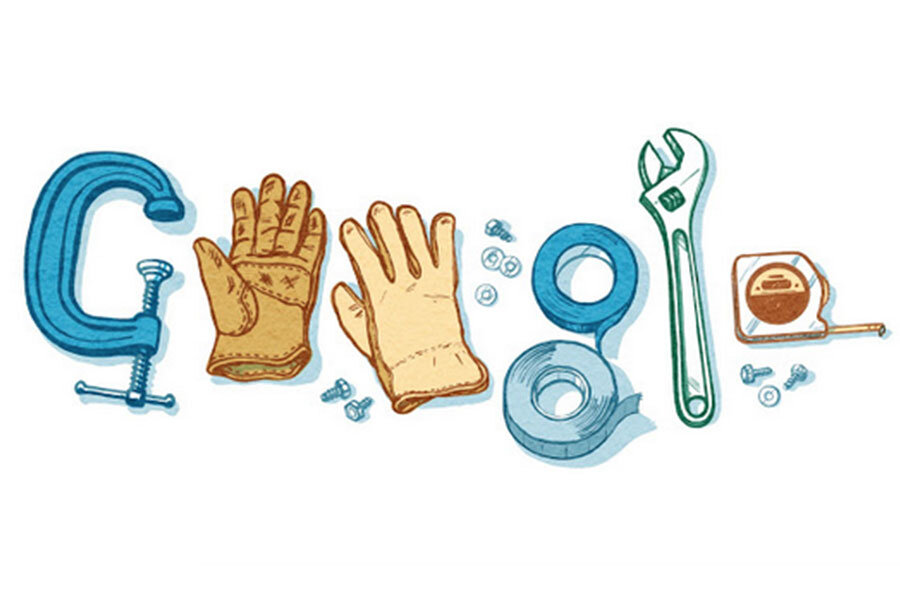Google Doodle celebrates Labour Day: Has workplace safety improved?
Loading...
It’s safe to assume that no workers were injured in the making of the Google Doodle that appeared today in commemoration of International Labour Day.
And good news for most workers across the world: workplace safety has dramatically improved since the holiday was first celebrated in the late 19th century.
Among the most notable gains in recent years have been made in Bangladesh's garment factories, where two years ago 1,136 people were killed when the Rana Plaza factory collapsed.
“Almost three-quarters of garment factories have now been assessed for structural and fire safety with only a very small number being deemed too unsafe to operate,” said Labor and Employment Minister Mujibul Haque for the two-year anniversary of the disaster earlier this month.
As for the United States, workplace fatality and injury rates have fallen by more than half since 1970. According to the Department of Labor’s Occupational Safety and Health Administration:
Worker deaths in America are down – on average, from about 38 worker deaths a day in 1970 to 12 a day in 2013.
Worker injuries and illnesses are down – from 10.9 incidents per 100 workers in 1972 to 3.3 per 100 in 2013.
Of the 4,585 workers who died in the US in 2013, 828 were in construction – making it the most dangerous job in the country. An additional 50,000 workers died from occupational disease.
The most dangerous state? North Dakota, where the AFL-CIO estimates there were 14.9 deaths for every 100,000 workers in 2013.
While much progress has been made in workplace safety across the world in the past few decades, there is still plenty of room for improvement. The International Labor Organization estimates that 6,400 people die from an occupational accident or disease each day, amounting to 2.3 million deaths per year.
Workers’ exposure to toxic chemicals has recently emerged as a top concern among labor groups. In a new report, the International Trade Union Confederation – a Brussels-based organization that represents 176 million workers – cites what it calls a “cautious estimate” from the ILO that puts the annual death toll from workplace toxics at 651,279 worldwide. As the Center for Public Integrity reports, that’s one death every 52 seconds:
Chemical use, meanwhile, is soaring.
More than 84,000 chemicals, only a fraction tested for safety, are in the U.S. Environmental Protection Agency’s Toxic Substances Control Act inventory, up from 62,000 in 1982. The North American chemical market is expected to grow by 25 percent from 2012 to 2020, according to a report from the United Nations Environment Programme.
Although the majority of countries recognizes May 1 as Labour Day – also known as International Workers’ Day – the US celebrates the holiday on the first Monday in September. Never mind that workers’ groups selected May 1 to commemorate an historic American event: the 1886 Haymarket riot in Chicago.







